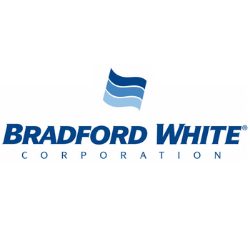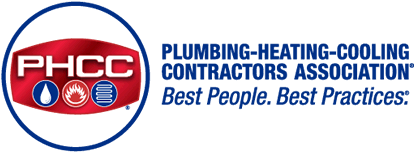
By Bradford White Corporation
While state policymakers continue to grapple with questions about lowering emissions in their state or leaning into requiring all-electric buildings, a tool that is becoming increasingly considered is requiring the use of Ultra Low NOx (ULN) boilers and water heaters. While this concept was originally utilized as a method to lower NOx emissions and bring certain areas into attainment with the federal Clean Air Act, environmental advocates and policymakers are now trying to utilize it more creatively to accomplish other objectives as well.
While there is not a single, explicit definition for what a ULN boiler or water heater is, most jurisdictions that have considered or enacted such policies tend to follow the lead of California’s South Coast Air Quality Management District (SCAQMD), who pioneered the concept two decades ago. While SCAQMD’s rules have now gone through several iterations, they generally require maximum NOx emissions of 10 ng/J for residential water heaters and 14 ng/J for commercial water heaters. While SCAQMD recently passed a rule to require maximum NOx emissions as low as 9 ppm from residential and small-to-medium commercial boilers, most other jurisdictions continue to require the previously adopted SCAQMD standard of 14 ng/J or 20 ppm.
In California, even beyond SCAQMD, the issue of ULN boiler and water heater requirements is nothing new. The state is split up into nearly three dozen Air Quality, or Air Pollution Control Districts, that form a regulatory patchwork with some of these Districts requiring installation of ULN boiler and water heater products, and others not. Over the course of the past decade or so, 11 of these Districts have adopted these requirements, with the Mojave Desert Air Quality Management District’s rule currently being the latest to take effect on July 1, 2026. While these areas obviously do not constitute the entire state, they do encompass the vast majority of California’s population of nearly 40 million people.
More recently, we’ve seen this idea take hold in other areas of the country as well. On June 1, 2023, Colorado Governor Jared Polis signed HB23-1161 into law. This legislation will require that all water heaters that enter the state after January 1, 2026, be ULN water heaters. The law would also require the state to lookback in 2030 to assess if these requirements have had the desired effect of lowering emission. Boilers are exempt from this legislation.
On the east coast, the Maryland Department of Environment is considering implementation of a rule that would require ULN water heaters and boilers in their state as well. According to this rule, the state will require zero NOx water heaters and boilers (i.e., all-electric) by the beginning of 2029. The Department is continuing to discuss this idea and is hosting their next workshop about it on May 1, 2025.
While some states and jurisdictions are pursuing ULN requirements, there is also a history of states enacting such policies and pulling them back. This was the case in Texas, where the state was an early adopter of ULN requirements in 2004, only to pull back on this requirement shortly after in 2007 (i.e., requiring a maximum of 40 ng/J for water heaters, rather than 10 ng/J for residential).
Likewise, the State of Utah recently pulled back their ULN requirements as well. In 2015, the state legislature passed a law that created ULN requirements for water heaters across the entire state. But the legislature acted, in their 2025 regular session, to repeal these requirements for any county that is in attainment with the United States Environmental Protection Agency’s National Ambient Air Quality Standards. As a result, when the new law goes into effect on July 1, 2025, some counties in the state will continue to be subject to these requirements while others will not.
As jurisdictions across the country continue to look towards policies to reduce greenhouse gas emissions, it seems likely that the number of areas throughout the United States where ULN requirements will be a topic of conversation will only continue to grow in the coming years. If you hear of any discussion on such policies being implemented in your area, or have any questions about the information in this column, BWC’s Government and Regulatory Affairs team would like to speak with you. Also, if you know of any legislative or regulatory activity in your community or state that would impact our industry, please do not hesitate to contact us at BWCGovReg@bradfordwhite.com.
